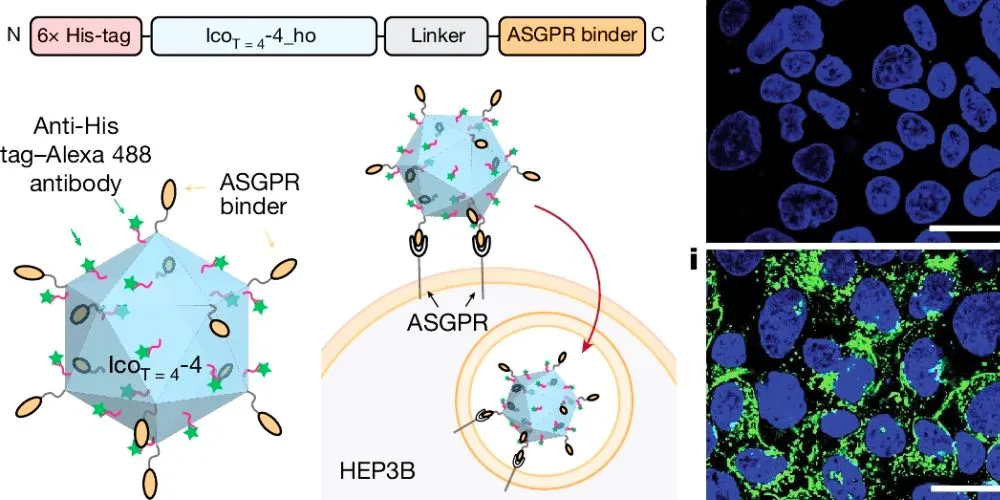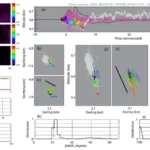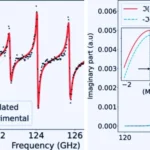Key Points
- Researchers used AI to design complex protein nanocages for gene therapy.
- The nanocages replicate viral structures and outperform conventional vectors like AAV.
- An icosahedral nanocage can carry three times more genetic material than existing methods.
- AI enables the creation of asymmetric, highly functional nanostructures. Electron microscopy confirmed the precise construction of the nanocages.
Recent research has made groundbreaking advancements in gene therapy by developing artificial protein structures modeled on viruses, leveraging artificial intelligence (AI). Published in Nature, the study unveils how these AI-designed “nanocages” replicate the complex architecture of viruses to deliver therapeutic genes more effectively.
Viruses are naturally equipped with spherical protein shells that encapsulate genetic material, enabling them to invade host cells and propagate. Inspired by this natural efficiency, scientists have sought to create artificial proteins that mimic these viral shells. These nanocages have shown promise in delivering genetic material to target cells but have been limited by size and functionality.
The new approach utilizes AI-driven computational design to overcome these barriers. While traditional nanocages lack natural viral structures’ intricate, asymmetrical characteristics, the researchers employed AI to capture and replicate these nuances. For the first time, they successfully designed nanocages in tetrahedral, octahedral, and icosahedral shapes, achieving unprecedented levels of complexity.
Among these, the icosahedral nanocage stands out for its remarkable functionality. Measuring up to 75 nanometers in diameter, it can carry three times more genetic material than conventional vectors like adeno-associated viruses (AAV), significantly enhancing its potential in gene therapy. Electron microscopy confirmed the precision of these symmetrical designs, and functional tests demonstrated their capability to deliver therapeutic payloads to target cells effectively.
Professor Sangmin Lee, who led the study, emphasized AI’s transformative potential in protein design, calling it a pivotal moment for biomedical innovation. He noted that these advancements could accelerate gene therapy development and pave the way for next-generation vaccines and other medical breakthroughs.










